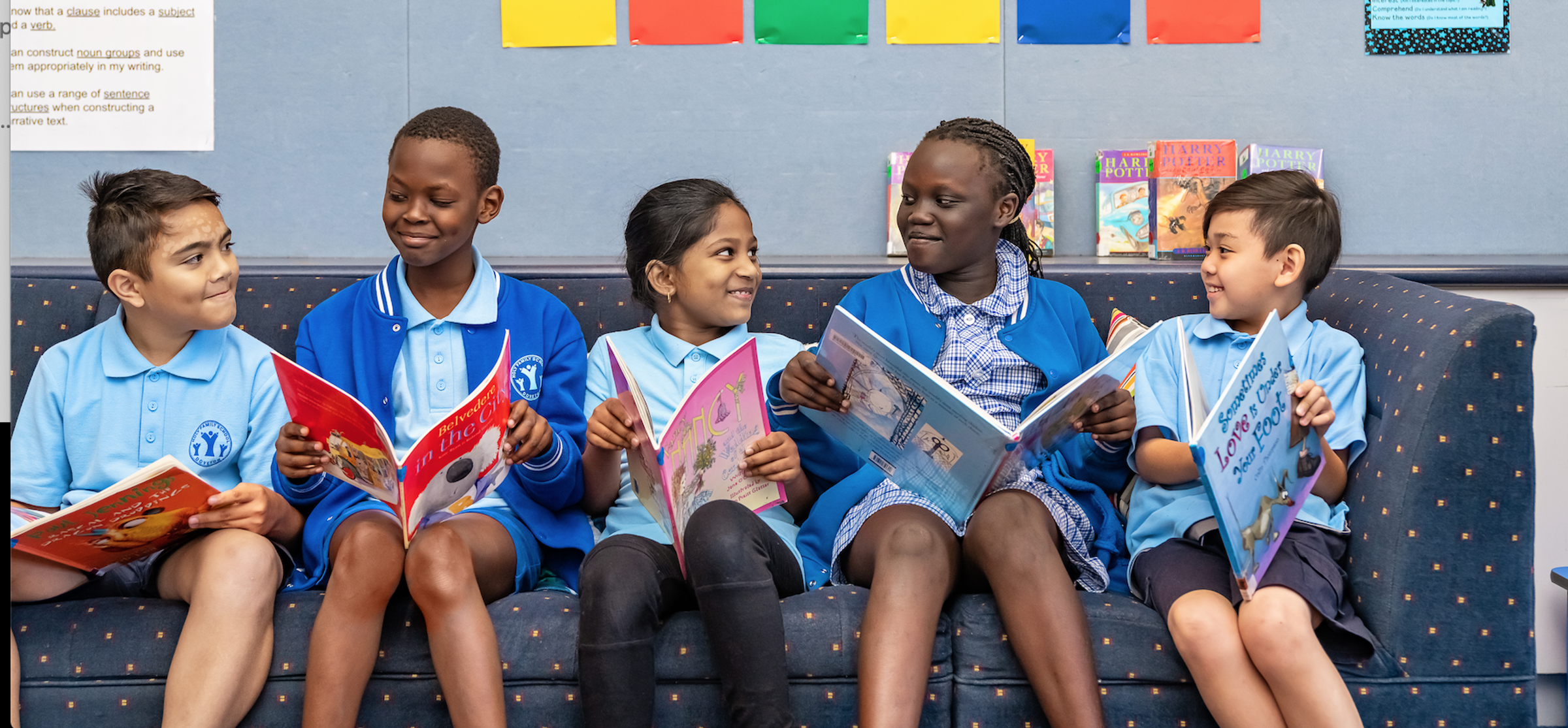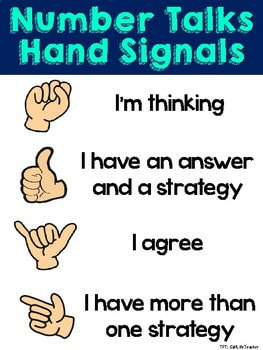Learning and Teaching

Dialogue in the Maths Classroom
At Holy Family, teachers plan for Mathematics lessons to follow a specific structure in order to develop student's skills and understanding in the three strands of Mathematics - Number and Algebra, Measurement and Geometry, and Statistics and Probability.
In years 3-6 lessons begin with a 10-minute dialogue session to develop students' mental computation strategies, understanding of place value and recall. This dialogue encourages students to explain their thinking and reasoning and even disagree with others in a respectful way. Following this is a focus on mathematical vocabulary in which students gain a better understanding of mathematical terms and have the opportunity to use them. Next, they are explicitly taught skills through teacher modelling and rich discussion. Students then have the opportunity to practise and reinforce those skills through hands-on activities and problem-solving tasks, either independently, with a partner or small group, or with teacher guidance. At the end of each mathematics lesson, students reflect on their learning by discussing strategies used during the lesson.
In Prep-2 the structure differs in that the vocabulary is explored through stories and books and students are led through dialogue based on these or the topic being covered. The junior students still receive the explicit teaching and modelling that the senior students do and also are given the opportunity to practise and reinforce those skills through hands-on activities and problem-solving tasks, either independently, with a partner or small group, or with teacher guidance.
Currently, all classes are using Number Talks gestures as a way of discussing our mathematics. Number talks gestures involve hand signals to reflect the thinking and promote discussion and it helps students to see the different strategies they each use to solve a problem.
Lea Drury
Numeracy Leader

